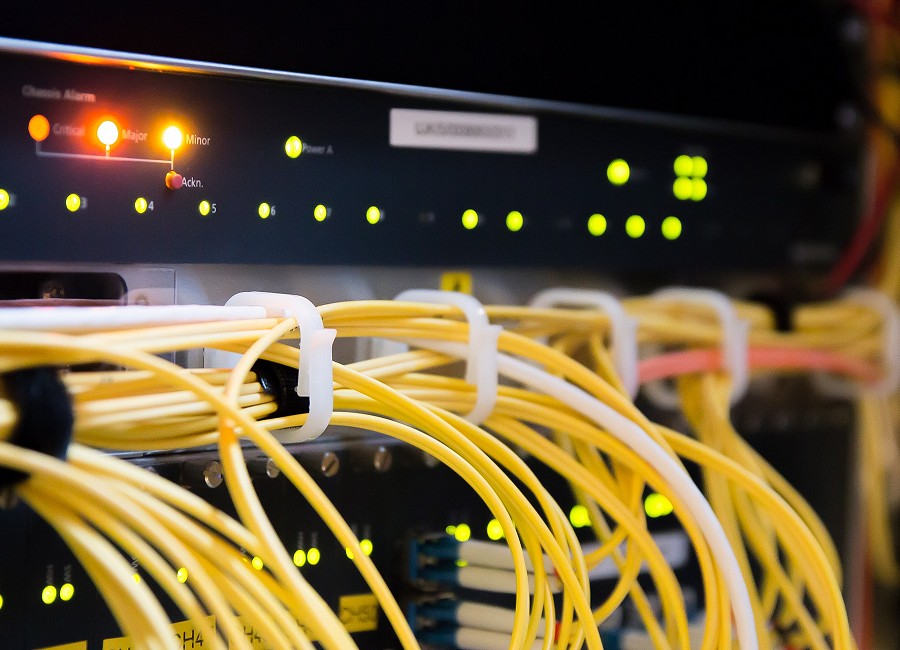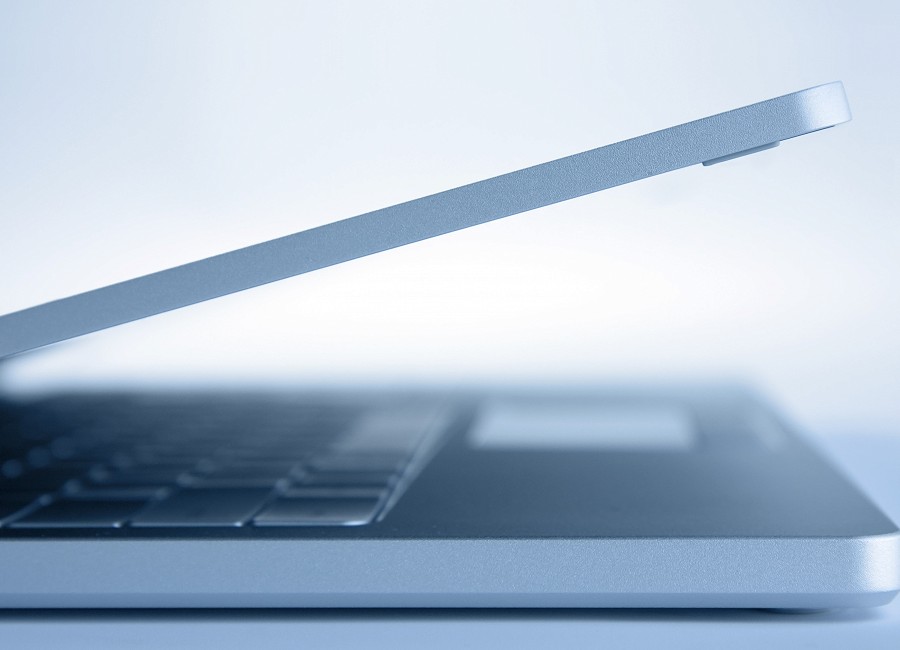
The operating system Windows 7 will reach its end of life date on 14 January 2020. This means Microsoft will no longer update or support the operating system after this date. Some may think that this won’t impact their business, but this couldn’t be further from the truth. If your business functions using Windows 7 and you do not have a plan in place for when it reaches its end of life date, you are putting your company at risk.
Windows 7 launched in 2009 and technology has come a long way over the past decade. Technological advances are made to make life more efficient, quicker and easier and as the world changes, so does its technological needs, which is why products start to become obsolete. Although Windows 7 remains a popular operating system, its end is nearing, and companies need to be prepared for this. The operating system is currently in an extended support phase, which means it is still being patched and updated to ensure security issues and bugs are fixed. However, this support will end when Windows 7 reaches its end of life date, and this is what its users should be concerned about. You will still be able to use Windows 7 after its end of life date, but access to Microsoft’s help and support will stop, so when IT problems arise, your business’ operations could suffer.
Security risks
Once it reaches its end of life date, Windows 7 will no longer be patched for any new viruses or security issues. This means your business will be left wide open to any emerging security threats. With a 2018 UK government survey finding that 43% of businesses and 19% of charities reported cyber security breaches in the previous 12 months, it is clear that being exposed to online threats is extremely common and a significant problem for organisations. Cyber criminals are well aware of Windows 7’s end of life date and that some people will continue to use the system beyond this date. This means they are highly likely to target these systems as they know they are not supported.
What you need to do
For those using Windows 7, you need to get organised promptly and plan to upgrade to Windows 10, which would be the most straightforward and easiest option, or upgrade to an alternative operating system. This will ensure you are not leaving your business in a vulnerable position by continuing to use Windows 7 without support or protection against viruses and cyber criminals.
With Microsoft also being the makers of Windows 10, upgrading to this operating system from Windows 10 is the easiest option. You can often keep your files on your computer, so there is minimum hassle with having to back-up data – although it is always best to do so to stay on the safe side. The layout of Windows 10 is very similar to that of Windows 7, meaning staff can carry on with business as usual once they have the upgrade and there is no worry of needing extensive training on the system. It is worth noting however that your computer will need to meet a certain specification to run Windows 10, which could mean you will need to upgrade your PC if you don’t have the appropriate hardware.
Is your business currently operating using Windows 7? Speak to one of our experts on 01792 439087 or email info@sa1solutions.com to find out what is the best approach for your business.
The operating system Windows 7 will reach its end of life date on 14 January 2020. This means Microsoft will no longer update or support the operating system after this date. Some may think that this won’t impact their business, but this couldn’t be further from the truth. If your business functions using Windows 7 and you do not have a plan in place for when it reaches its end of life date, you are putting your company at risk.
Windows 7 launched in 2009 and technology has come a long way over the past decade. Technological advances are made to make life more efficient, quicker and easier and as the world changes, so does its technological needs, which is why products start to become obsolete. Although Windows 7 remains a popular operating system, its end is nearing, and companies need to be prepared for this. The operating system is currently in an extended support phase, which means it is still being patched and updated to ensure security issues and bugs are fixed. However, this support will end when Windows 7 reaches its end of life date, and this is what its users should be concerned about. You will still be able to use Windows 7 after its end of life date, but access to Microsoft’s help and support will stop, so when IT problems arise, your business’ operations could suffer.
Security risks
Once it reaches its end of life date, Windows 7 will no longer be patched for any new viruses or security issues. This means your business will be left wide open to any emerging security threats. With a 2018 UK government survey finding that 43% of businesses and 19% of charities reported cyber security breaches in the previous 12 months, it is clear that being exposed to online threats is extremely common and a significant problem for organisations. Cyber criminals are well aware of Windows 7’s end of life date and that some people will continue to use the system beyond this date. This means they are highly likely to target these systems as they know they are not supported.
What you need to do
For those using Windows 7, you need to get organised promptly and plan to upgrade to Windows 10, which would be the most straightforward and easiest option, or upgrade to an alternative operating system. This will ensure you are not leaving your business in a vulnerable position by continuing to use Windows 7 without support or protection against viruses and cyber criminals.
With Microsoft also being the makers of Windows 10, upgrading to this operating system from Windows 10 is the easiest option. You can often keep your files on your computer, so there is minimum hassle with having to back-up data – although it is always best to do so to stay on the safe side. The layout of Windows 10 is very similar to that of Windows 7, meaning staff can carry on with business as usual once they have the upgrade and there is no worry of needing extensive training on the system. It is worth noting however that your computer will need to meet a certain specification to run Windows 10, which could mean you will need to upgrade your PC if you don’t have the appropriate hardware.
Is your business currently operating using Windows 7? Speak to one of our experts on 01792 439087 or email info@sa1solutions.com to find out what is the best approach for your business.
The cloud has introduced numerous possibilities for businesses in terms of greater efficiency surrounding data storage, disaster recovery and security.
Read More
Having a sufficient IT infrastructure is a fundamental component to any organisation that wants to function efficiently and effectively in this economic market.
Read More
Could your business benefit from a complete networking system? Find out what it is and how it could make a difference to business productivity.
Read More


